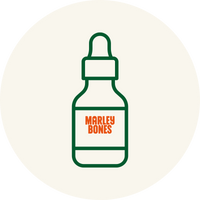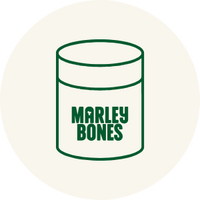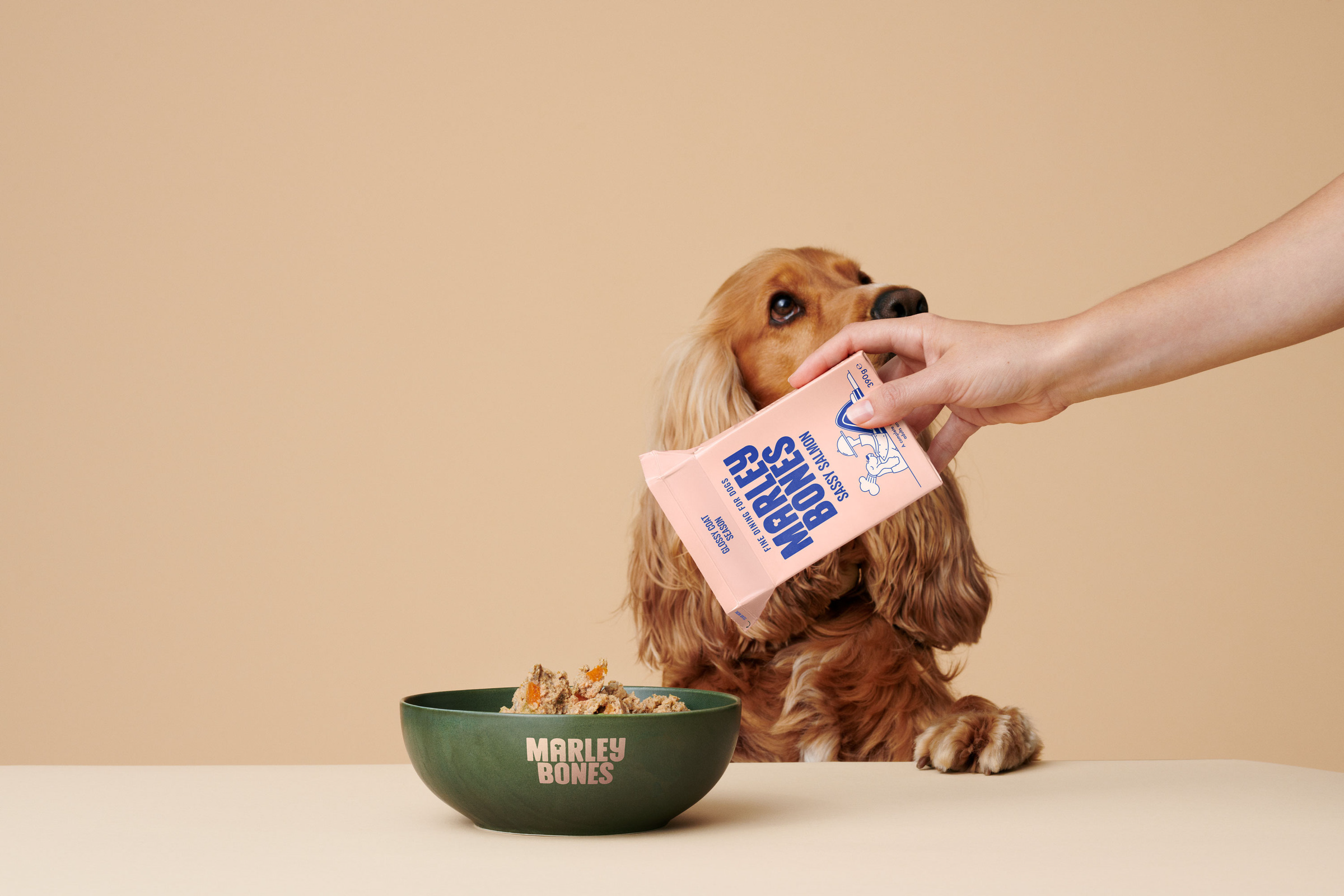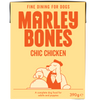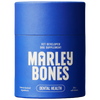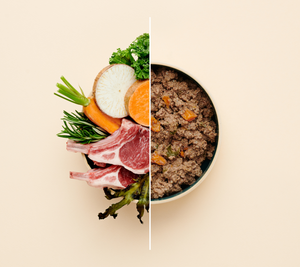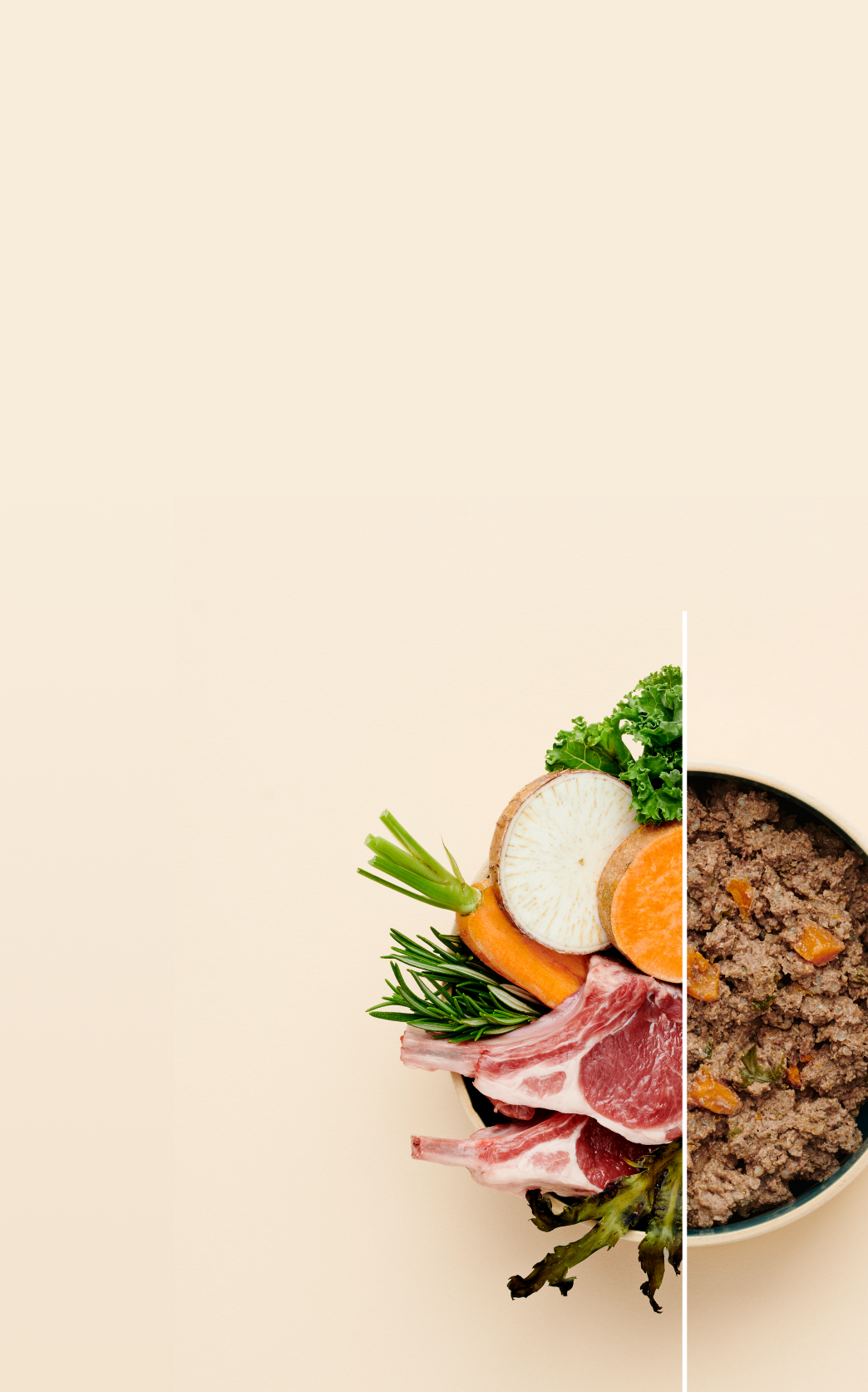Happy Tail Syndrome: What Is It and How To Help Your Dog Heal
Despite the upbeat name, Happy Tail Syndrome is anything but cheerful. If you’ve ever returned home to mysterious splashes of blood on the walls or noticed your dog wincing after an enthusiastic tail-thrashing session, you may already be familiar — even if you didn’t know what it was called.
This frustrating condition happens when a dog wags their tail with such force and frequency that it injures the tip. Long, powerful tails are especially at risk, particularly in breeds like Labradors, Greyhounds, and Vizslas. Every joyful thwack against a wall, doorframe, or crate edge adds up — often resulting in open wounds, bleeding, and sometimes infections.
Let's take a look at what Happy Tail is, the symptoms and how to help your dog heal.
So, What Actually Causes Happy Tail?
It’s the perfect storm of excitement + confined spaces + a very enthusiastic tail.
Dogs express happiness with their whole body — and that often means tails become whirling propellers of joy. The problem is when that joy meets a wall.
Most common triggers include:
- Strong, muscular tails: especially in medium to large breeds.
- Enclosed spaces: crates, hallways, and small kitchens are repeat offenders.
- High energy or anxiety: overstimulated dogs tend to wag more, and harder.
- Repetitive motion injuries: the same spot on the tail hitting the same surface over and over.
Think of it like trying to high-five a brick wall every time you're happy — sooner or later, it’s going to hurt.

Signs Your Dog May Have Happy Tail
It can be hard to catch early, but here’s what to look for:
- Blood spatters on walls, floors, or even your clothes.
- Red, raw, or split tail tips, often with missing fur.
- Sensitivity — your dog may flinch or lick the tail excessively.
- Persistent re-injury, especially after bursts of excitement.
Some dogs barely seem to notice, but their tail tells a different story.
Treatment: What Can You Do?
If you spot the signs, a quick vet visit is the best first step. Depending on the severity, your vet might suggest:
- Cleaning and bandaging the tail tip to allow healing.
- Antibiotics if there’s a risk of infection.
- A tail sleeve or soft protective cone to stop licking and re-injury.
- Behavioural support to reduce overexcitement at home.
In more severe or persistent cases, partial tail amputation may be the most humane long-term solution. It might sound drastic, but many dogs recover quickly — and happily — without the constant cycle of injury.
Can It Be Prevented?
To a degree, yes — especially if you’ve got a high-energy tail-wagger at home.
Here’s what helps:
- Create wag-friendly spaces: open areas with fewer sharp edges.
- Use soft materials: consider padding crate walls or narrow hallways.
- Tail protection: during high-excitement times, a wrap or sleeve can help avoid trauma.
- Calm routines: tone down greetings and overstimulating situations that send tails into overdrive.
It’s not always possible to prevent, but with small changes, you can lower the chances of recurrence — and give that tail a fighting chance.

Recovery: How Long Until The Tail's Back in Action?
With proper treatment, most mild cases heal within a few weeks. More stubborn injuries may take longer, especially if they’re reopened during healing.
What helps recovery go smoothly:
- Keeping bandages clean and dry.
- Preventing the dog from chewing the area.
- Minimising trigger situations (e.g. visitors, high-energy play).
Consistency is key — and a bit of creativity goes a long way. Some owners even create “tail bumpers” for tight corners!
The Final Woof
Happy Tail Syndrome may sound like something whimsical, but for many dogs, it’s a frustrating, painful condition that can become chronic if ignored.
But with a bit of attention, smart management, and some loving care, most dogs make a full recovery — and go back to wagging safely and pain-free.
Because every tail deserves to be happy — just not at its own expense.



